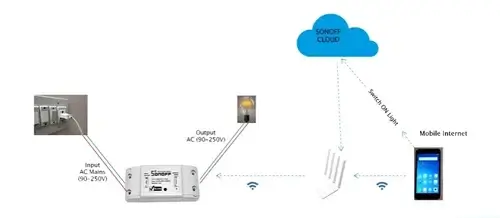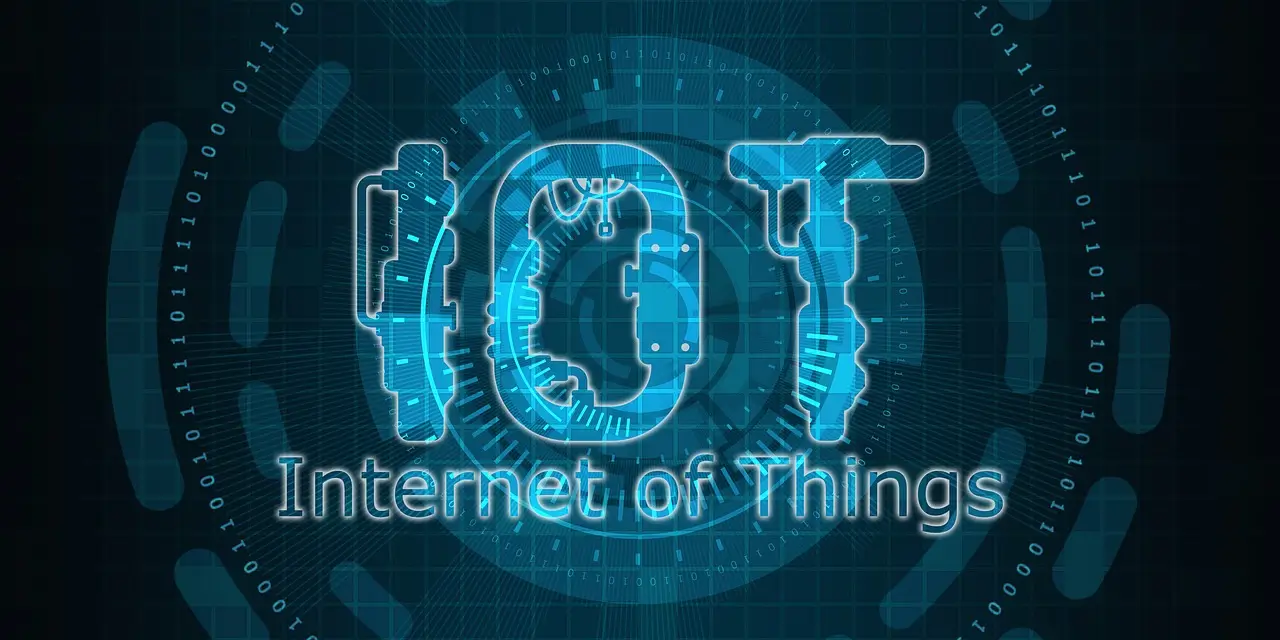Positive Displacement Flow Meters and IoT: Redefining Precision in Flow Measurement
In industries where even a small error in measuring liquid or gas flow can lead to major losses, accuracy is everything. That’s exactly where Positive Displacement (PD) Flow Meters come into play. These instruments have been trusted for decades for their precision, and with the rise of IoT (Internet of Things), they’ve evolved into even smarter and more connected systems.
Let’s explore how PD flow meters work, where they’re used, and how IoT integration is transforming the way we measure flow today.
What Is a Positive Displacement Flow Meter?
A Positive Displacement Flow Meter measures flow by dividing the fluid into fixed, known volumes and counting how many times these volumes pass through the meter. Think of it as measuring how many cups of liquid fill a container — only at an industrial scale.
Unlike other flow meters that infer flow rate from speed or pressure, PD meters directly measure volume, making them extremely accurate, especially for viscous fluids like oil, fuel, or syrup.
Common types include:
- Gear flow meters
- Piston flow meters
- Rotary vane meters
- Oval gear meters
Each type uses a mechanical movement to capture and release a precise volume of fluid, turning that motion into measurable data.
How IoT Brings Smart Connectivity to PD Flow Meters
Traditional PD flow meters require manual readings or local monitoring. But IoT has changed the game. When a PD flow meter is connected to IoT systems, sensors inside the device can transmit real-time flow data to remote dashboards or cloud servers.
Here’s what that looks like in action:
- The flow meter records the liquid volume passing through.
- A smart sensor converts this into digital data.
- IoT connectivity (via Wi-Fi, LoRa, or Bluetooth) sends this data to a central platform.
- The platform tracks, analyzes, and alerts operators instantly if anything unusual happens.
For example, in a fuel distribution system, IoT-enabled PD flow meters can monitor how much fuel is dispensed across multiple stations in real time. If there’s a sudden drop in flow or unexpected usage, the system can trigger an alert, helping detect leaks or theft early.
Real-World Applications
PD flow meters are widely used in industries where accuracy and consistency are crucial. Some key applications include:
- Oil and Gas: Monitoring fuel transfer in pipelines or tankers.
- Water Treatment: Measuring chemicals or additives accurately in treatment plants.
- Food and Beverage: Ensuring precise filling in bottling lines for liquids like milk, juice, or syrup.
- Pharmaceuticals: Controlling the exact dosage of liquids during drug manufacturing.
In all these cases, IoT connectivity enables remote monitoring, instant data sharing, and predictive maintenance, improving both performance and efficiency.
Advantages of IoT-Enabled Positive Displacement Flow Meters
Combining PD flow meters with IoT doesn’t just make operations digital — it makes them intelligent.
Here are some major benefits:
- Real-Time Monitoring: Access live flow data from anywhere through cloud dashboards.
- Predictive Maintenance: Identify wear or blockages before they cause downtime.
- Improved Accuracy: Digital calibration ensures consistent and reliable readings.
- Automation: Integrate with other smart systems for automatic flow control.
- Data Insights: Analyze usage trends to improve operational planning.
For example, a dairy processing unit using IoT PD flow meters can automatically adjust filling machines based on flow data, minimizing product wastage and improving consistency.
Challenges and Future Outlook
While PD flow meters are known for reliability, integrating them with IoT requires proper calibration, stable network connectivity, and data security. However, with the increasing adoption of smart sensors and cloud-based analytics, these challenges are becoming easier to manage.
The future points toward self-calibrating, self-reporting PD flow meters that can work seamlessly within smart factory and Industry 4.0 setups. As IoT technology becomes more accessible, these devices will play an even bigger role in improving industrial efficiency.
Conclusion
Positive Displacement Flow Meters have long been the gold standard for accurate flow measurement. By pairing them with IoT, industries are now achieving a new level of control, automation, and insight. From tracking every drop of fuel to optimizing beverage production, these smart flow meters are redefining precision — one pulse at a time.




